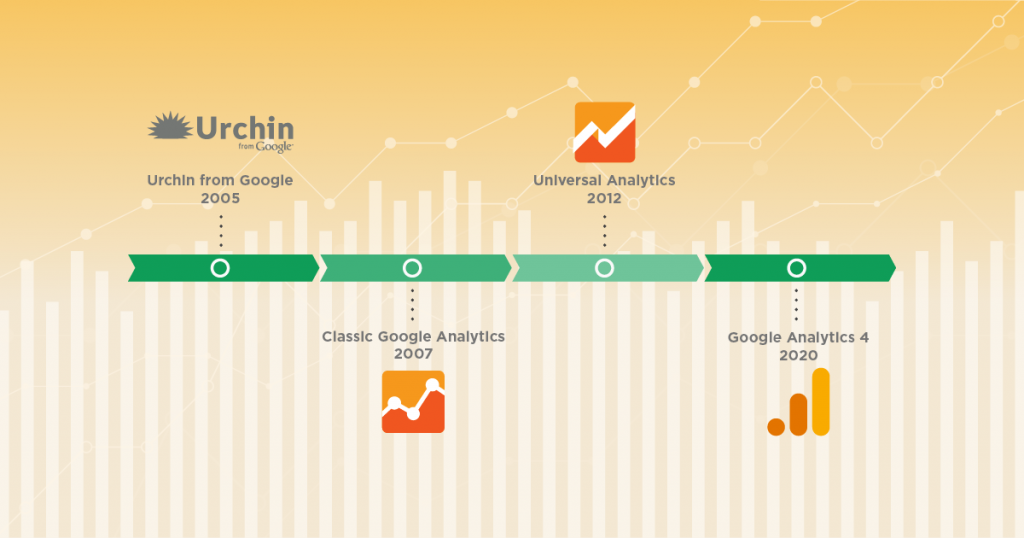Optimize Your Internet Site Performance With Google Analytics Monitoring Code
In the digital landscape, understanding individual communications with your web site is crucial for optimization. This tactical implementation not just informs your decisions however additionally paves the means for a more engaging customer experience.
Recognizing Google Analytics
Comprehending Google Analytics is important for site owners and marketing professionals aiming to optimize their online presence. This effective device provides essential insights right into individual habits, enabling stakeholders to make data-driven choices. By tracking various metrics, such as page views, bounce rates, and customer demographics, Google Analytics assists determine which aspects of a web site are executing well and which need enhancement.
Among the key functions of Google Analytics is its capacity to section information. Individuals can analyze web traffic resources, user engagement, and conversion prices throughout various sections, such as geographic areas or device types. This granularity enables marketers to customize their strategies to specific target markets, therefore boosting the performance of their campaigns.

Setting Up Monitoring Code
To harness the complete capacity of Google Analytics, setting up the monitoring code appropriately is an essential action. The tracking code, a fragment of JavaScript, allows Google Analytics to gather information concerning customer interactions on your web site. To begin, visit to your Google Analytics account and navigate to the Admin section. Under the Residential or commercial property column, pick "Tracking Information" and after that "Tracking Code." Here, you will find your unique tracking ID, which begins with "UA-" followed by a collection of numbers.
Following, you'll need to embed this code right into the HTML of your internet site. Ideally, place the tracking code just prior to the closing tag on every page you want to check. If you're using a material management system (CMS) like WordPress, take into consideration making use of plugins that promote simple assimilation.
After carrying out the code, it's essential to validate its performance. Make use of the "Real-Time" records in Google Analytics to verify that information is being collected as expected. By guaranteeing proper configuration, you create a solid foundation for effective information analysis and critical decision-making to boost your internet site's performance.
Key Metrics to Display
Frequently keeping track of key metrics in Google Analytics is important for analyzing your website's performance and customer involvement. Amongst the fundamental metrics to track are web page views, which supply insight into just how usually individuals check out different web pages on your site. Furthermore, distinct site visitors help you comprehend the reach of your material by indicating exactly how lots of distinct customers are engaging with your site over a provided duration.
Bounce rate is another important statistics, revealing the portion of site visitors who leave your site after checking out just one web page. A high bounce price might indicate issues with material significance or individual experience. Conversely, session duration shows how much time site visitors stay on your site, aiding you evaluate material efficiency and user passion.
Conversion prices are vital for determining the success of your site in attaining particular goals, such as kind submissions or product acquisitions (when does the google analytics tracking code send an event hit to analytics?). Keeping an eye on website traffic resources is also vital, as it assists identify which channels drive the most traffic and conversions, permitting for more targeted advertising methods
Analyzing Visitor Behavior

Moreover, tracking individual paths through the website helps expose common navigating patterns. This information is essential in establishing whether customers can easily find the content they look for or if they encounter challenges that cause stress. Determining high exit pages can highlight locations that might require redesign or more interesting material to retain site visitors.
Furthermore, segmenting users based on demographics, interests, and actions supplies a much deeper understanding of the target audience. This segmentation enables services to tailor like it content and marketing methods more effectively, boosting the likelihood of conversions. Eventually, analyzing site visitor habits not just notifies web site improvements however likewise fosters a much more user-centric approach, bring about boosted fulfillment and loyalty over time.
Implementing Data-Driven Adjustments
Applying data-driven adjustments is vital for boosting site performance and accomplishing business goals. By leveraging insights gathered from Google Analytics, businesses can determine locations for renovation and make notified decisions to optimize user experience.
First, examine essential performance signs (KPIs) such as bounce rates, session duration, and conversion rates to determine details problems affecting customer interaction - when does the google analytics tracking code send an event hit to analytics?. As an example, a high bounce rate on a touchdown web page may suggest that the web content is not reverberating with site visitors or that the web page takes too lengthy to tons

Conclusion
Finally, the application of Google Analytics tracking code is crucial for maximizing web site performance. By accurately keeping an eye on user actions and vital metrics, useful understandings can be gained, helping with data-driven decision-making - when does the google analytics tracking code send an event hit to analytics?. This procedure not just improves user experience but likewise aligns with broader organization purposes. Continual analysis and succeeding adjustments based upon accumulated information will lead to continual renovations, ultimately adding to the general effectiveness and success of the web here are the findings site.
By tracking different metrics, such as web page views, bounce prices, and user demographics, Google Analytics assists identify which aspects of a website are doing well and which need improvement.
Individuals can evaluate traffic sources, individual involvement, and conversion prices throughout different sectors, such as geographic areas or tool types. The tracking code, a bit of JavaScript, enables Google Analytics to gather data about customer communications on your web site.Consistently keeping an eye on vital metrics in Google Analytics is important for evaluating click to read more your internet site's performance and individual involvement. By leveraging Google Analytics, internet site owners can obtain useful insights right into how individuals communicate with their website.